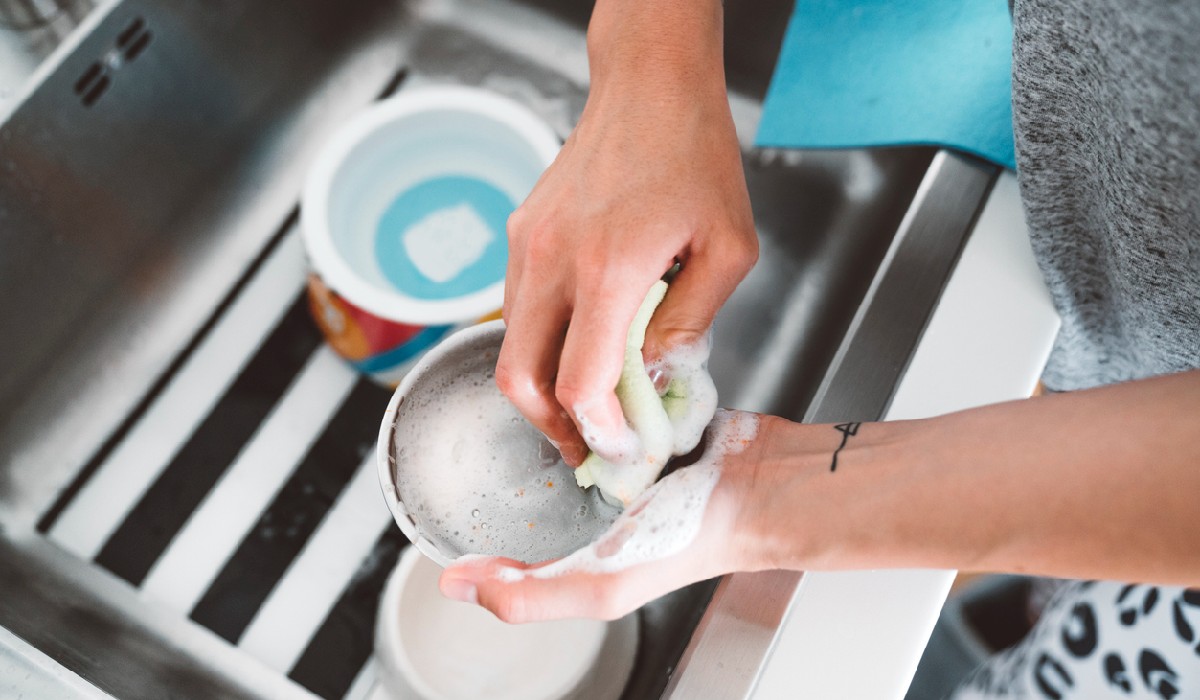Is Your Dog Bowl Clean? Here’s Why It Could Be a Breeding Ground for Germs and Bacteria

What’s the first thing you do when you get home from a long day at work? Chances are, you head straight for your dog’s bowl and ensure they have enough food and water. But is your dog bowl as clean as you think it is?
Unfortunately, most people don’t realize their dog’s bowl could be a breeding ground for germs and bacteria. In this post, we’ll discuss why this is the case and provide tips on how to keep your dog’s bowl clean and safe.
Causes of Bacteria and Germs in Dog Bowls
Poor Hygiene
Whether you have a regular dog bowl or a gravity dog bowl, it can quickly become a breeding ground for bacteria and germs when you don’t clean the bowl regularly. Food residue can build up, which bacteria love.
Accumulated Food Residue
If pet food isn’t disposed of properly or left in the bowl, it can create a perfect environment for growing germs and bacteria. It is especially true for wet foods of any kind.
Environmental Contamination
Any bowl kept outside is at risk of gathering debris, such as dirt, insects, and other contaminants that can get into the bowl, which can also cause germs and bacteria to grow.
Proper Cleaning Tips
Wash Bowls Regularly
The FDA recommends pet food bowls you can wash daily—and water bowls be changed out daily too. Pet owners should always wash their pet’s food bowls with warm soapy water using a mild detergent to keep them from germs and bacteria. The warm water will help to remove any accumulated food residue, while the detergent will help to kill any remaining germs or bacteria that may be present in the bowl.
Sanitize Bowls Periodically
Pet owners should periodically sanitize their pet’s food bowls with an approved sanitizing product to ensure they are germ-free.
Common Cleaning Mistakes
Wiping Bowls with a Dirty Cloth
Using a dirty cloth or rag to wipe down the bowl will not effectively remove any germs or bacteria and may spread them further if you don’t wash it after each use.
Using Bleach on Plastic Bowls
Never use bleach on plastic bowls as it can damage the plastic material and leave behind harmful chemicals that can be ingested by your pet if left on the surface of the bowl too long.
Not Drying Bowls Completely
After washing and sanitizing your pet’s food bowl, it is essential to dry it thoroughly before filling it with fresh food, as moisture can encourage the growth of new germs and bacteria in the bowl if left damp for too long.
Useful Tips
Stick to a Cleaning Schedule
Stick to a schedule. Set a reminder on your phone or have it on your calendar to set a time to clean out the bowls regularly.
Stainless Steel Bowls
Stainless steel is an excellent material for dog bowls since it is durable, easy to clean, and resistant to rusting and staining. Porous materials by nature, like plastic or ceramic, could harbor more germs and bacteria over time without proper care.
BPA-Free Bowls
Always use BPA-free bowls and products, as these are much safer for pets (and humans!). BPA has numerous health issues, including increased cancer risk, infertility, reproductive problems, and behavioral issues.
Conclusion
A clean dog bowl is vital to keep your pup healthy and happy. This post provided everything you need to know about cleaning your dog’s bowl. Regular cleaning and sanitation with the right products is the best way to protect your pup from germs and bacteria. Give your pup bowl a thorough scrub.
